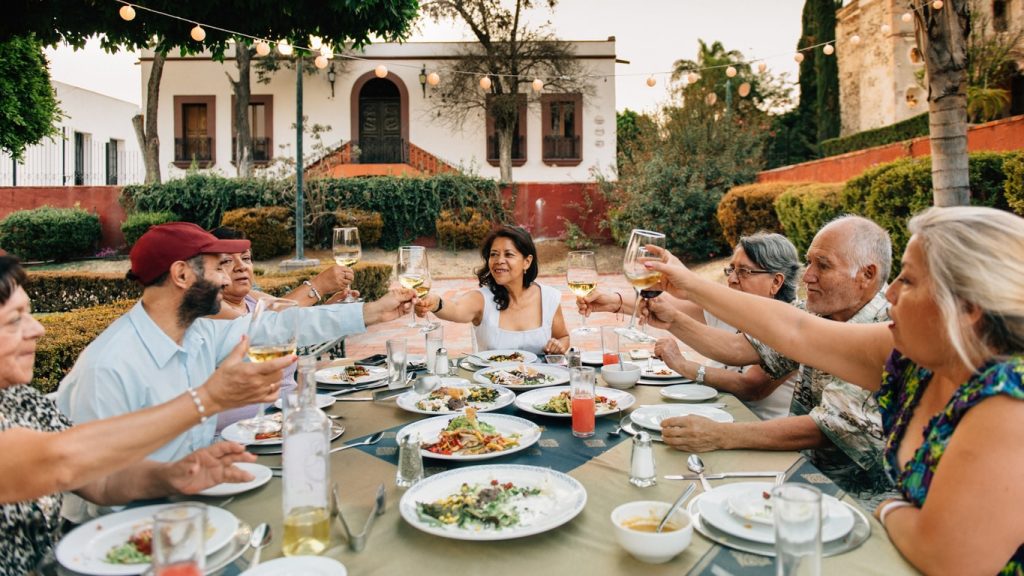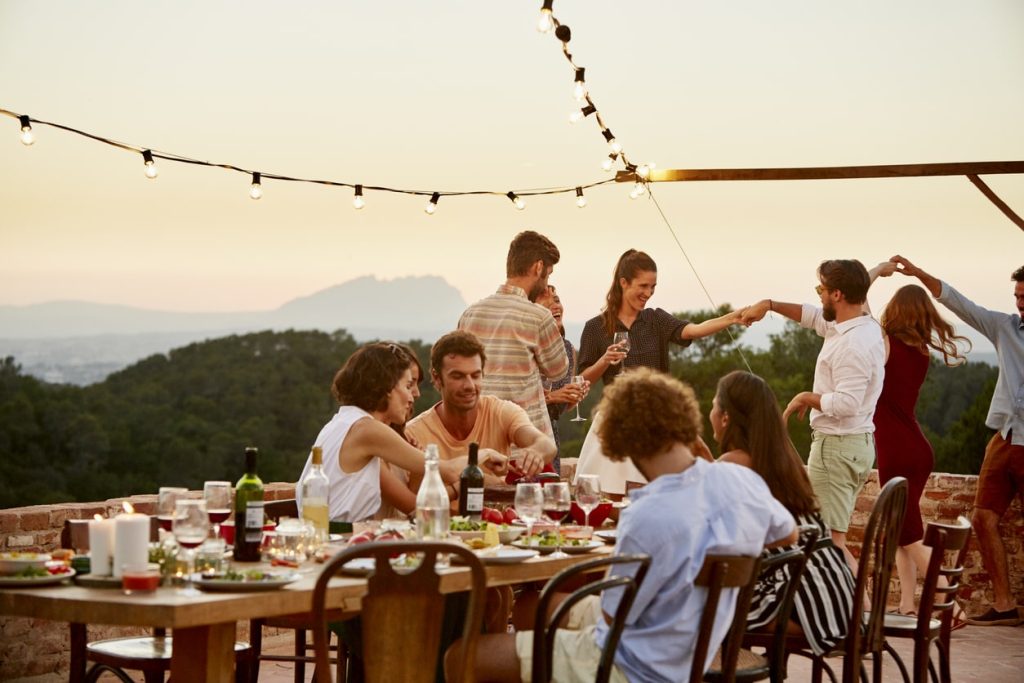I can still remember the colour, texture and taste of the fried zucchini blossoms I had on a trip to Italy more than 10 years ago. I sat at a long table in an open-air restaurant at the top of a Tuscan hillside and unsuspectingly bit into nirvana. The flavours were so intense I dropped my fork, slumped in my seat and moaned in delight. Then, I dug back in.
It’s a moment of appreciation that has become a regular occurrence when I travel. And while mostly it’s brought on by a chef’s talents, there is no doubt that location plays a part. Rolling hills dotted with blossoming vineyards and antique stone farms added as much to the deliciousness of my Italian plate as the ingredients themselves. And, it seems, foodies and tourists alike agree.
Foodies drive the economy
The “will travel for food” mantra is increasingly being taken up by travellers the world over. In 2019, culinary tourism fed an entire industry. One that is responsible for more than 10 percent of the world’s GDP and worth more than a trillion dollars.
The World Food Travel Association estimates that visitors spend approximately 25 percent of their travel budget on food and drink. A percentage, I would wager, that grows in places that have built reputations on their cuisine. Rome, New York, Bangkok and Hong Kong draw tourists to speakeasies, street stalls and Michelin-starred restaurants for exactly that reason.
But the opportunity to find spots away from the crowds is equally appealing for foodies. For that, you’ll need a keen sense of not only what’s out there now, but what’s happening next. For foodie travellers looking for a new destination to explore, read on to discover three countries with authentic, mouth-watering fare.
Historical and cultural connections

Vancouver-based food, drink and travel writer Joanne Sasvari says that people would do well to look to places where cuisine has been typically overlooked. The editor of The Alchemist and Vitis magazines, and co-author of Island Eats: Signature Chefs’ Recipes From Vancouver Island and the Gulf Islands, says Mexico and Peru pack a double culinary punch that may surprise.
“In Canada, we tend to think of Mexico as a beach destination. But, by far the best reason to go is for the food,” says Sasvari, who notes that the country has received UNESCO status as an Intangible Cultural Heritage of Humanity (ICH).
The global organization has cultivated an exclusive list of cultural elements that are expressed through knowledge, skill and traditions that have been passed on through generations. They can include festive events or rituals, oral traditions or sharing experiences to make regional crafts.
Mexican cuisine nods to the country’s identity for its colourful food, as well as heritage ingredients. Ingredients such as corn, beans and peppers, have been used for generations.
Sasvari gives credit for the impressive cuisine to the country’s young chefs. They are reinterpreting dishes with an eye to Indigenous ingredients. “It is, quite simply, one of the world’s most exciting culinary destinations.”
A bounty from land to sea
Jessica van Dop DeJesus, foodie and author of The Dining Traveler, has visited more than 60 countries around the world. But when asked to name the next great food city, she points to one that she encountered at the beginning: Okinawa, Japan.
“I lived in Okinawa for a year. It was a transformative culinary experience for me,” she says. Her appreciation for the food—a blend of culinary influences, including Chinese and American cuisine—from the tropical island in the East China Sea has only grown since.
“The island is known for its agriculture and having some of the longest-living people on earth,” van Dop DeJesus says.
The sea-to-table opportunities there also make it a must-do for seafood lovers. “The Awase fish market is one of my favourite places. Where you see fishers bringing their catch straight to the restaurants lining the market,” she says. If you drive along the coast, keep your eyes open for cozy cafés and restaurants serving yakisoba (a Japanese noodle dish) or chirashi bowls (seasoned rice topped with fresh fish and vegetables).
Add a dash of ambience

Similarly, the freshness of Vietnam’s cuisine places it firmly on travel and food journalist Katie Lockhart’s list of foodie destinations. “Vietnamese food is so fresh, vibrant and varied, especially in Hanoi,” Lockhart says.
Bun cha—seasoned mini pork patties that are often served over noodles—is one of her favourite dishes of all time. She says that the experience of sitting on a tiny stool in a crowded alley with pork-scented smoke from the charcoal grill floating around makes it taste that much better.
All three writers and world explorers mentioned the ambience of the destinations. It’s a tip travellers would do well to consider. When in doubt, follow your eyes. As Italy taught me, sometimes the greatest treats for the tongue come from the places where your eyes are equally dazzled.
Start exploring
Speak with CAA’s experienced travel consultants, who will help you plan your own foodie adventure. Plus, they can help make sure you have the right travel insurance to protect your trip. Visit caaneo.ca/travel to get started.

